This is a solution to the stall problem when put into gear after washing the bike. It may also cure other ignition gremlins that can cause one or both ignition coils to stop firing after driving in the rain or possible failure when dry. This solution comes from a friend of mine who has owned his 79F since new and takes meticulous care. When the ignition failed after he washed his bike, this was his findings:
There is a connector under the fuse block mounting plate that has the four low-voltage ignition sensor wires and the one 12 volt light blue wire (Sb on the Chilton wire diagram). This connector is for the wires that run to the lower left side of engine – Pickup coil wires and the neutral indicator light. The connector gathers dust and road salts in it and when water enters, the voltage on the blue wire is shunted into the low voltage circuit disrupting one or both sensor signals and dropping out either half or all the ignition. When the neutral switch is closed, the voltage on the blue wire is at ground and causes very little interference with the sensors although I did note some. With the neutral switch open, the N light goes off, indicating the bike is in gear, the voltage on the blue wire goes to 12 volts and the sensor signals are completely disrupted.
I disconnected the connector and cleaned out the sand/salt, washed the connector with water, blew it dry with air and reconnected. That in itself solved the issue but I think having 12-volts in the vicinity of the sensor connectors is problematic.
As my picture shows, I disconnected the blue wire from the connector entirely and routed around the sensor connector (yellow jumper wire). I have a feeling that the 12 volts entering the ignition module is not good under any circumstances so why risk blowing the module or sensor.
You know, disconnecting and cleaning connectors every 10 years or so is probably a good idea anyway. Removing the salts that accumulate will help extend their lives. In this case, 12 volts sharing the same connector as the low voltage (+- 5 volts), this plug is even more susceptible to voltage leakage upsetting the signals to the TCI.

There is a connector under the fuse block mounting plate that has the four low-voltage ignition sensor wires and the one 12 volt light blue wire (Sb on the Chilton wire diagram). This connector is for the wires that run to the lower left side of engine – Pickup coil wires and the neutral indicator light. The connector gathers dust and road salts in it and when water enters, the voltage on the blue wire is shunted into the low voltage circuit disrupting one or both sensor signals and dropping out either half or all the ignition. When the neutral switch is closed, the voltage on the blue wire is at ground and causes very little interference with the sensors although I did note some. With the neutral switch open, the N light goes off, indicating the bike is in gear, the voltage on the blue wire goes to 12 volts and the sensor signals are completely disrupted.
I disconnected the connector and cleaned out the sand/salt, washed the connector with water, blew it dry with air and reconnected. That in itself solved the issue but I think having 12-volts in the vicinity of the sensor connectors is problematic.
As my picture shows, I disconnected the blue wire from the connector entirely and routed around the sensor connector (yellow jumper wire). I have a feeling that the 12 volts entering the ignition module is not good under any circumstances so why risk blowing the module or sensor.
You know, disconnecting and cleaning connectors every 10 years or so is probably a good idea anyway. Removing the salts that accumulate will help extend their lives. In this case, 12 volts sharing the same connector as the low voltage (+- 5 volts), this plug is even more susceptible to voltage leakage upsetting the signals to the TCI.





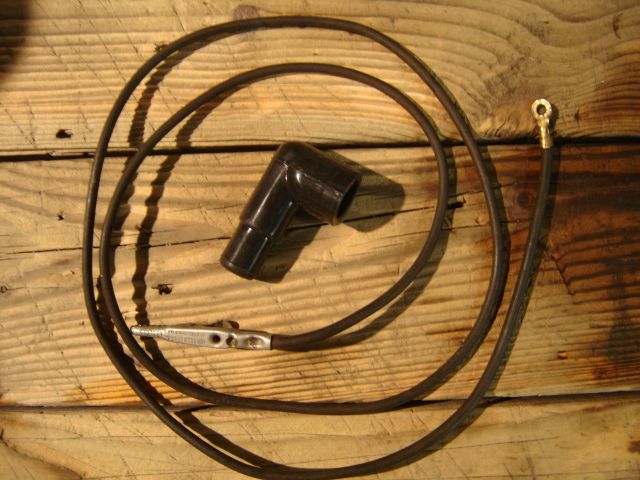
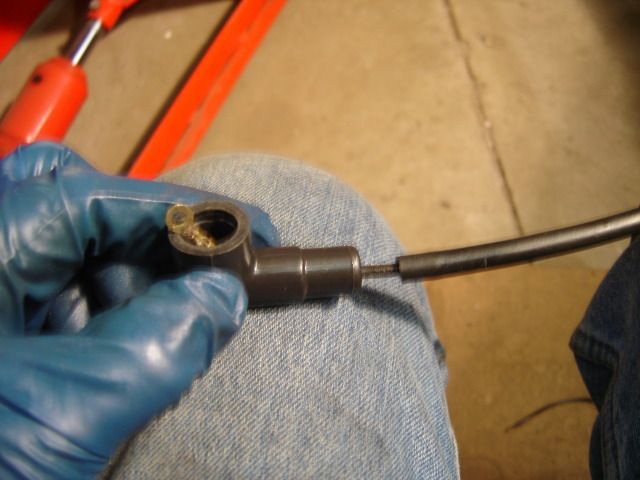


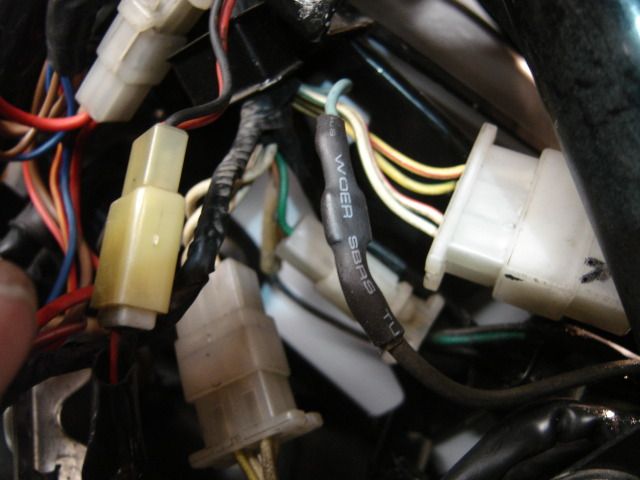
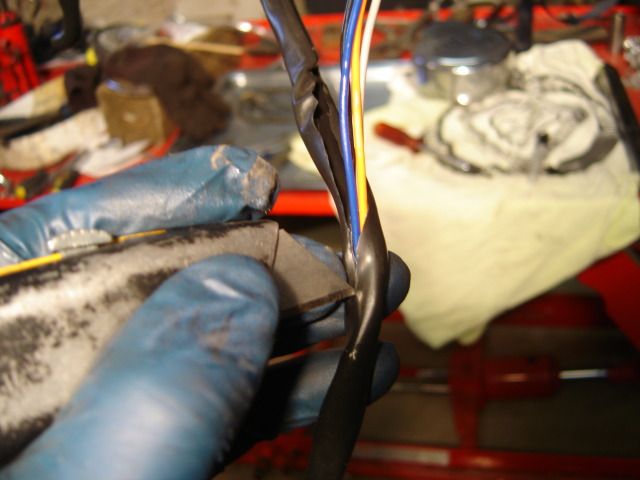
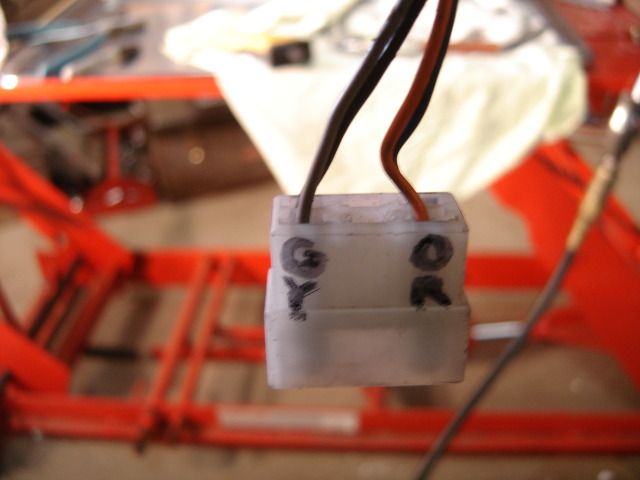
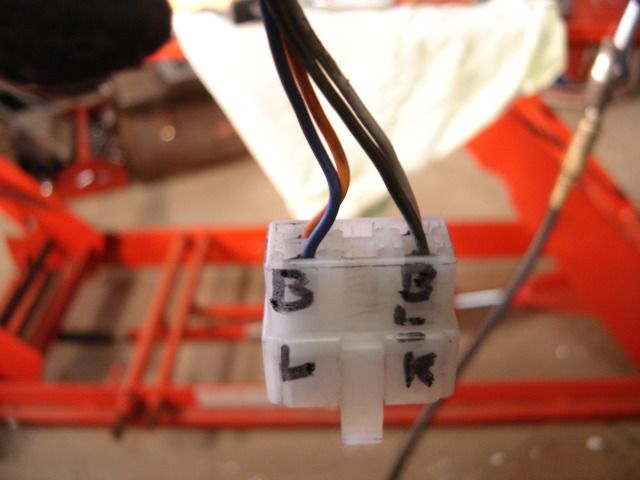
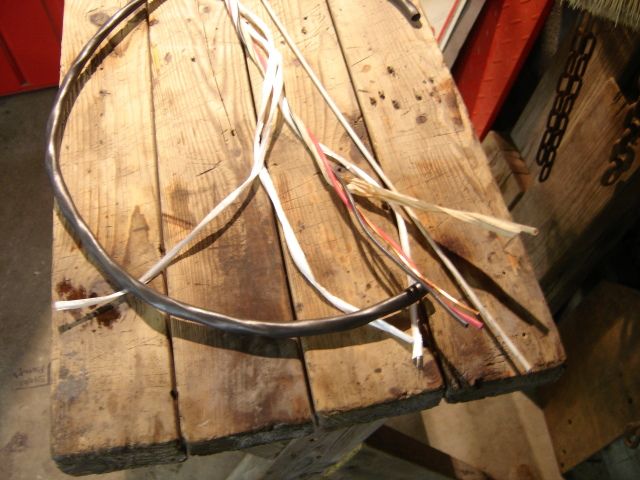


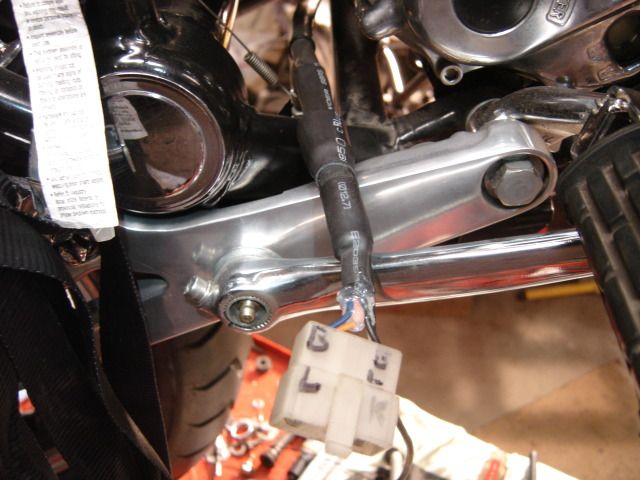



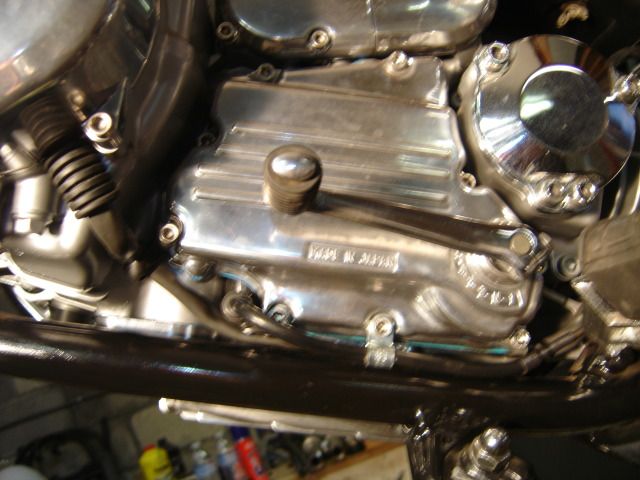
 )
)




Comment